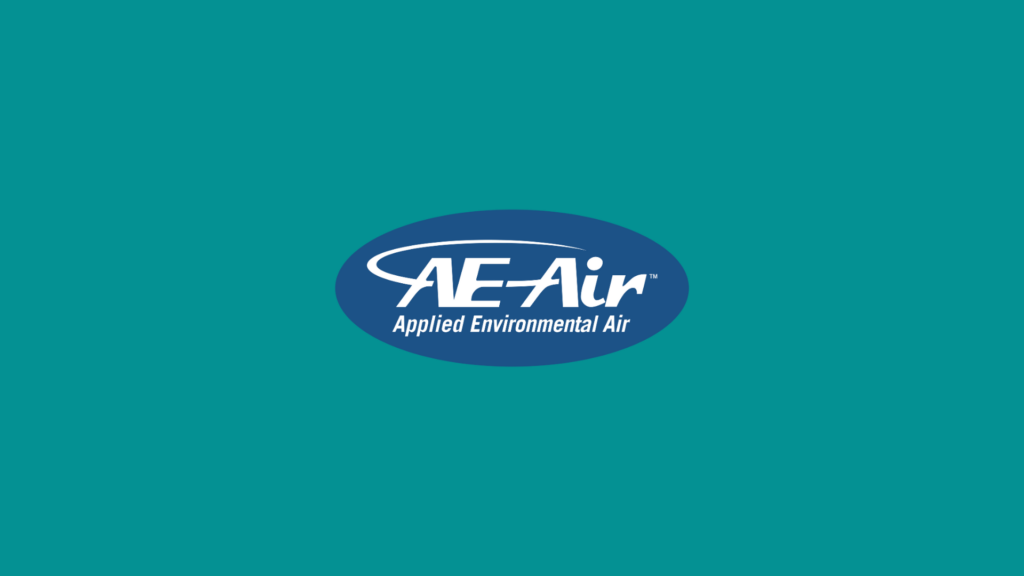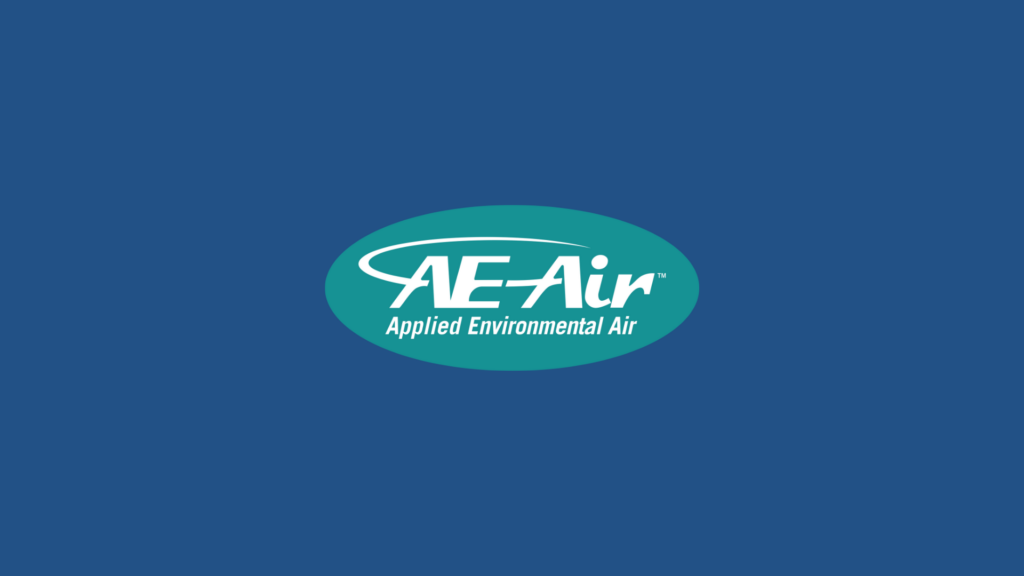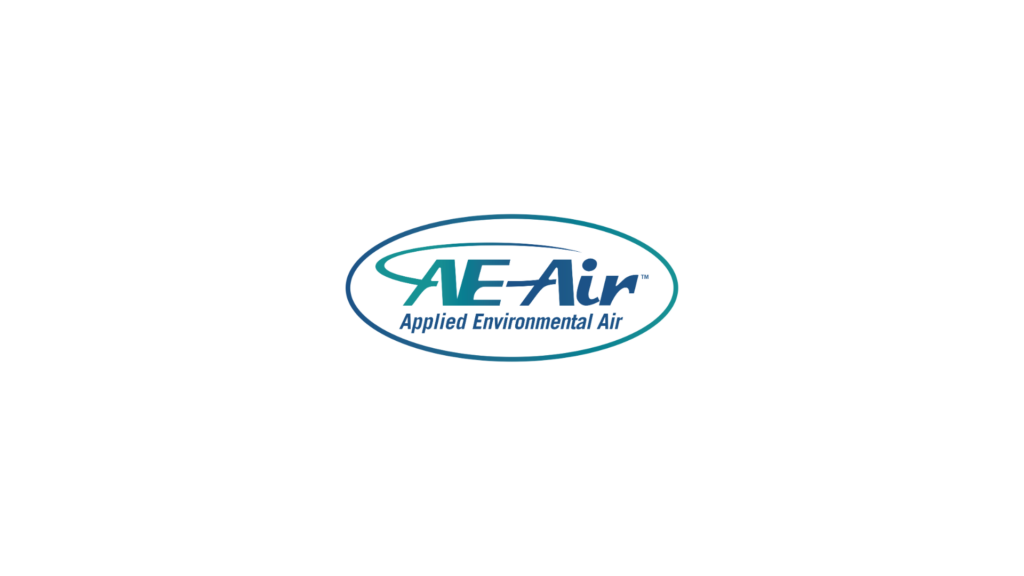Introduction
Getting HVAC systems set up correctly in new construction projects is very important. When these units are installed properly, they keep buildings comfortable, run efficiently, and help save on energy costs. On the flip side, mistakes during installation can lead to a host of problems, from discomfort due to uneven temperature distribution to wasteful energy usage. Developers, engineers, and architects need to pay extra attention to how HVAC units are installed to avoid these issues.
One common problem seen in new construction is the number of installation mistakes that sneak into the process. These errors are often small but can have big impacts on how well the heating and cooling systems work. From units that are the wrong size to ductwork that wasn’t put together properly, each misstep can decrease performance and raise costs. Understanding these common pitfalls is the first step to preventing them. Let’s take a closer look at some specific mistakes to watch out for.
Incorrect Sizing of HVAC Units
Getting the size right for HVAC units might seem simple, but it’s often where things go wrong. When units are too small, they struggle to maintain the right temperature and end up working too hard, using more energy than needed. On the other hand, units that are too large cycle on and off too frequently, leading to temperature swings and can wear out more quickly.
Proper sizing starts with a detailed look at the building’s needs. This means considering the total square footage, the number of rooms, and even the location’s climate. Each factor plays a role in determining the best unit size. Here’s how to approach it:
- Measure the building’s total area that needs heating and cooling.
- Think about the design of the space, such as high ceilings or open layouts.
- Don’t forget outside conditions like local weather patterns that could affect energy needs.
Making these calculations accurately ensures the HVAC system runs smoothly, keeps people comfortable, and uses energy efficiently. It’s crucial to spend time on these initial calculations to avoid trouble later.
Poor Ductwork Design and Installation
Mistakes in ductwork design can lead to major inefficiencies in HVAC systems. Leaky ducts or poorly sealed fittings often cause energy loss and uneven temperature distribution. Imagine putting in all that work measuring and installing the perfect HVAC unit only to have it underperform because of flawed ductwork. This is a common pitfall that hinders system performance.
To ensure efficient ductwork design, it’s crucial to pay attention to a few key aspects:
- Use high-quality materials to prevent air leaks.
- Ensure that duct pathways are as short and straight as possible to minimize air resistance.
- Seal all duct connections tightly to avoid leakage.
Remembering these points not only maximizes energy efficiency but also helps maintain a steady and comfortable indoor environment.
Neglecting Proper Ventilation
Ventilation often gets overlooked during HVAC installations, yet it’s a cornerstone for maintaining good indoor air quality. Without it, buildings can suffer from poor airflow, leading to discomfort and potential health issues for occupants. Proper ventilation helps control humidity and removes stale air and pollutants.
Failing to plan for adequate ventilation can lead to:
- Increased indoor air pollution as contaminants build up.
- Damp areas that could foster mold growth.
- Poor temperature regulation.
Incorporating a balanced ventilation strategy during the planning phases ensures that indoor air remains fresh and comfortable, improving the overall health of the building’s environment.
Ignoring Manufacturer Guidelines
It’s all too easy to stray from manufacturer guidelines during installation, especially when deadlines are tight. However, ignoring these specifications can result in systems that don’t perform as intended. Manufacturers design their systems with specific criteria in mind to achieve optimal performance, and deviating from these can lead to problems.
Common examples of deviation include using incorrect parts or installing components out of sequence. Adhering strictly to manufacturer guidance ensures the system functions efficiently and lasts longer, saving on potential repairs and replacements.
Failing to Plan for Future Maintenance
When planning HVAC installations, it’s easy to focus on the present needs and overlook future maintenance. Designing an HVAC system with maintenance in mind is vital for long-term effectiveness. Systems hidden behind walls or cramped in tight spaces make it difficult to perform routine checks and repairs.
Key considerations for designing a maintenance-friendly system include:
- Ensuring clear access to all HVAC components.
- Identifying and labeling key areas for easy identification during maintenance.
- Planning for regular check-ups to prolong system life.
By thinking ahead and accommodating easy access for future servicing, you’ll prevent small issues from becoming costly problems.
Keeping Your HVAC System Ready for Action
In the fast-paced world of new construction, avoiding common HVAC installation mistakes is critical to creating an environment that is both comfortable and efficient. Proper unit sizing, efficient ductwork, reliable ventilation, adherence to guidelines, and a focus on future maintenance play pivotal roles in system performance. By focusing on these aspects, you can ensure that your HVAC system is an asset, providing efficient climate control and clean air for years. Prioritize planning, and reap the rewards of a well-functioning HVAC system in your next project.
To ensure your new construction is equipped with a reliable and energy-efficient HVAC solution, it’s important to consider the right products designed for your needs. Explore your options for a new construction HVAC installation with AE Air’s range of innovative solutions. Our products are tailored to maximize comfort and efficiency, providing long-term performance for any large-scale build.


